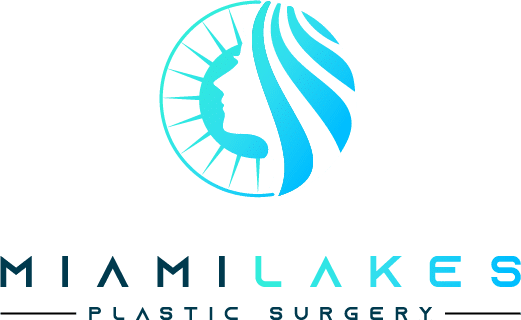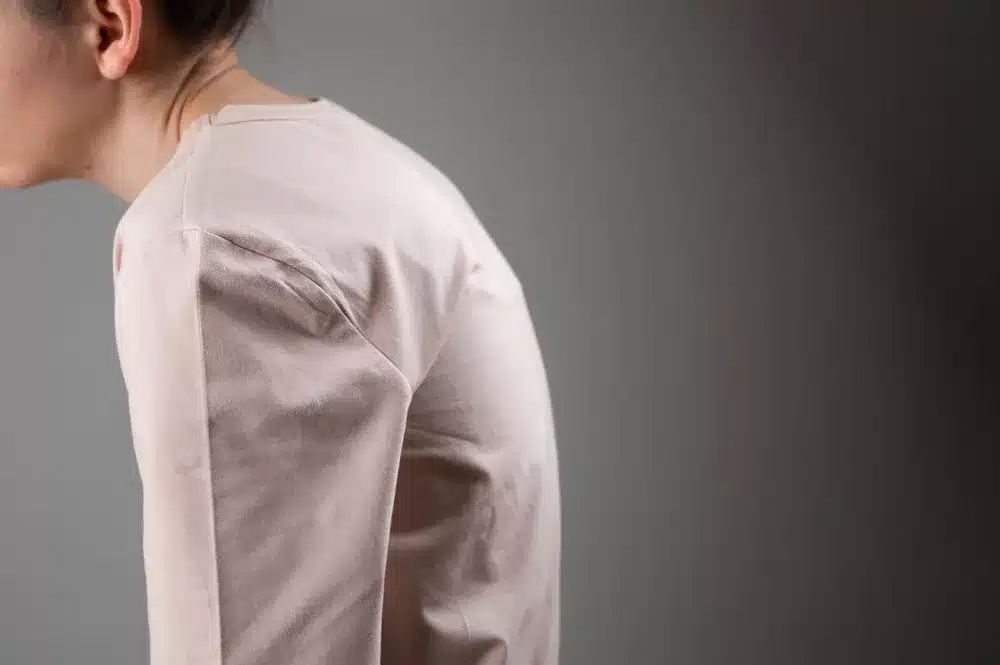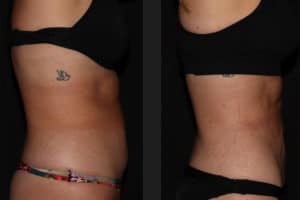The cost of buffalo hump removal can vary significantly depending on several factors, including the chosen treatment method, the location of the clinic or hospital, the expertise of the healthcare professional, and any additional fees associated with the procedure. It’s important to note that buffalo hump removal can involve both surgical and non-surgical options, and the costs can differ accordingly. Here are some general cost ranges for different treatment options:
- Liposuction: Surgical liposuction is a common method used for buffalo hump removal. The cost of liposuction typically ranges from $3,000 to $10,000 or more, depending on various factors such as the extent of the procedure, the surgeon’s experience, the geographic location, and the specific clinic or hospital.
- Non-surgical Treatments: Non-surgical techniques for buffalo hump reduction, such as non-invasive radiofrequency treatments or cryolipolysis (CoolSculpting), tend to be more affordable compared to surgical options. The cost for these treatments can vary but generally falls between $500 and $3,000 per session. Multiple sessions may be required for optimal results.
Achieve your dream look with Miami Lakes Plastic Surgery’s Special Offer on Buffalo Hump Removal – only $2800! Don’t wait, enhance your beauty and boost your self-esteem today!
Factors Affecting Buffalo Hump Removal Cost
Several factors can influence the cost of buffalo hump removal. Understanding these factors is crucial for estimating the overall cost and making informed decisions. Here are some key factors that can affect the cost of buffalo hump removal:
- Treatment Method: The chosen treatment method plays a significant role in determining the cost. Surgical procedures like liposuction generally have higher costs compared to non-surgical options such as radiofrequency treatments or cryolipolysis.
- Geographical Location: The cost of healthcare services can vary based on the geographic location. Areas with a higher cost of living or where specialized medical facilities are limited may have higher treatment costs.
- Extent of the Procedure: The size and complexity of the buffalo hump can influence the cost. Larger or more prominent humps may require more extensive treatment, which can impact the overall cost.
- Surgeon’s Experience and Expertise: The qualifications, experience, and reputation of the healthcare professional or plastic surgeon performing the procedure can affect the cost. Highly skilled and experienced professionals may charge higher fees for their services.
- Facility Fees: The fees associated with the surgical facility or clinic where the procedure is performed can contribute to the overall cost. This includes operating room fees, anesthesia fees, and post-operative care expenses.
- Additional Treatments or Procedures: In some cases, additional treatments or procedures may be necessary to achieve the desired results or address underlying medical conditions. These additional interventions can increase the overall cost.
- Insurance Coverage: Insurance coverage for buffalo hump removal can vary. If the procedure is deemed medically necessary due to associated health issues or if it is performed as part of the treatment for an underlying medical condition, insurance may cover a portion of the costs. However, cosmetic procedures performed solely for aesthetic reasons may not be covered.
It’s important to consult with a qualified healthcare professional or plastic surgeon to assess your specific case and receive an accurate cost estimate. They can evaluate your needs, discuss the available treatment options, and provide you with detailed information regarding the factors that may impact the cost of buffalo hump removal in your particular situation.
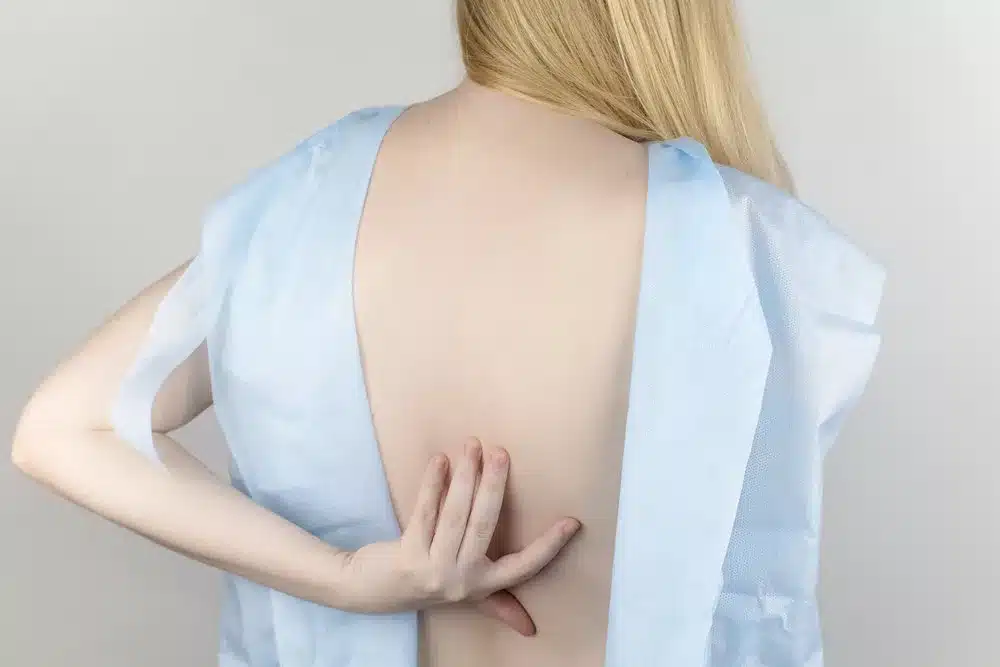
Does Insurance Cover Buffalo Hump Removal?
Insurance coverage for buffalo hump removal can vary depending on several factors. In some cases, insurance may cover the procedure if it is deemed medically necessary due to associated health issues or if it is performed as part of the treatment for an underlying medical condition. However, it’s important to note that coverage policies can differ among insurance providers, and each case is evaluated individually. Here are some key points to consider:
| Considerations for Insurance Coverage of Buffalo Hump Removal |
|---|
| Medical Necessity: |
| Cosmetic Concerns: |
| Documentation and Evaluation: |
| Prior Authorization: |
| Out-of-Pocket Expenses: |
It is crucial to consult with your insurance provider directly to understand the coverage policy for buffalo hump removal in your specific situation. They can provide detailed information about the requirements, limitations, and potential reimbursement for the procedure.
Can Buffalo Hump Be Removed Without Surgery?
Yes, buffalo hump can be treated and reduced without surgery using non-surgical methods. Non-surgical treatments are often considered as the first line of approach for buffalo hump removal, especially when the hump is not severe or associated with an underlying medical condition. Here are some common non-surgical methods used for buffalo hump reduction:
- Lifestyle Modifications: Making certain lifestyle changes can help in reducing buffalo hump. These changes may include adopting a healthy and balanced diet, engaging in regular physical exercise, and maintaining a healthy weight. These lifestyle modifications can help reduce overall body fat, including fat in the buffalo hump area.
- Posture Correction: Correcting posture and practicing exercises that strengthen the upper back and neck muscles can improve the appearance of buffalo hump. Exercises that focus on stretching and strengthening the muscles in the upper back, neck, and shoulders can help improve posture and reduce the prominence of the hump.
- Physical Therapy: Working with a physical therapist who specializes in postural training and exercises can be beneficial. They can design a customized exercise program to target the specific muscles and improve posture, thereby reducing the appearance of buffalo hump.
- Injection Treatments: In some cases, injections may be used to reduce the size of the buffalo hump. For example, injections of medications such as corticosteroids or certain fat-dissolving agents can be administered directly into the hump to help shrink the fatty tissue and reduce its prominence.
- Non-Invasive Fat Reduction Techniques: Non-invasive body contouring procedures, such as radiofrequency treatments, cryolipolysis (CoolSculpting), or laser therapy, may be used to target and reduce fat in the buffalo hump area. These treatments work by using heat, cold, or energy to break down fat cells, leading to a reduction in the size of the hump.
It’s important to note that the effectiveness of non-surgical treatments for buffalo hump removal may vary depending on the individual case and the underlying cause of the hump. It’s recommended to consult with a healthcare professional or a plastic surgeon who specializes in body contouring to determine the most appropriate non-surgical treatment options for your specific situation.
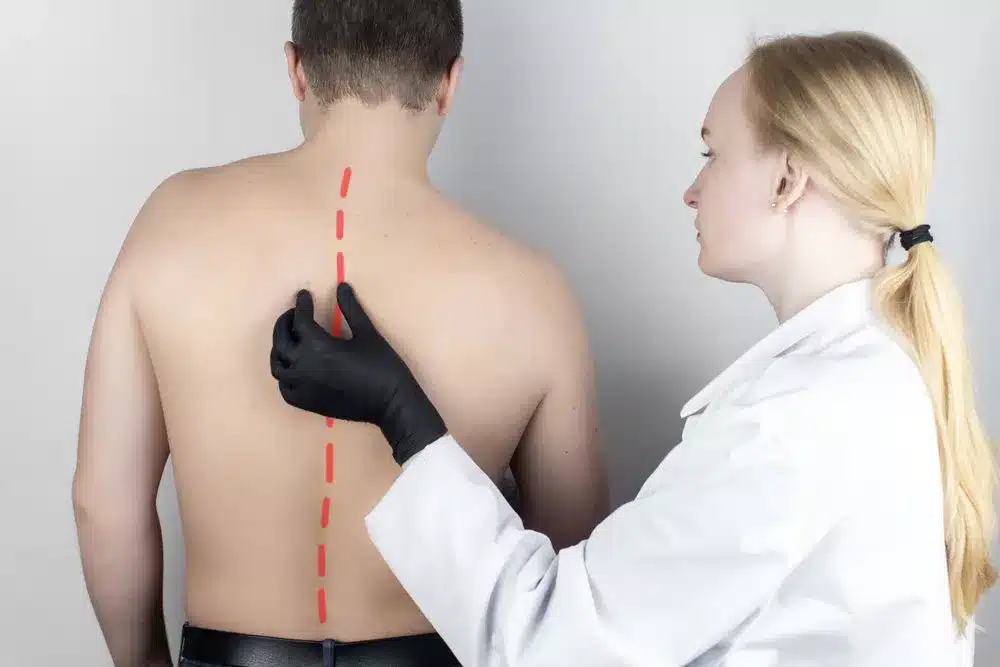
What Are the Risks Associated with Buffalo Hump Removal?
Buffalo hump removal, whether performed surgically or through non-surgical methods, carries certain risks and potential complications. It’s important to be aware of these risks and discuss them with a healthcare professional or a plastic surgeon before undergoing any procedure. Here are some of the potential risks associated with buffalo hump removal:
- Surgical Risks: If surgical methods such as liposuction are used for buffalo hump removal, there are risks associated with anesthesia, bleeding, infection, and adverse reactions to medications. Additionally, surgical procedures carry a risk of scarring, asymmetry, skin irregularities, and changes in skin sensation.
- Non-Surgical Treatment Risks: Non-surgical methods for buffalo hump removal, such as injections or non-invasive fat reduction techniques, also have their own set of risks. These may include allergic reactions, skin irritation, bruising, swelling, discomfort, and temporary numbness in the treated area.
- Incomplete Removal: In some cases, complete removal of the buffalo hump may not be achievable with either surgical or non-surgical methods. Factors such as the extent of the hump, underlying medical conditions, and individual variations can influence the outcome.
- Infection: There is a risk of infection associated with any procedure that involves incisions or injections. Proper sterile techniques and post-operative care can help minimize this risk, but it’s important to follow the healthcare professional’s instructions for wound care and hygiene.
- Scarring and Skin Changes: Surgical removal of the buffalo hump may result in visible scars, especially if the incisions are large or healing is delayed. Non-surgical methods generally have minimal scarring, but there can still be changes in skin texture, pigmentation, or contour in the treated area.
- Nerve Damage: Any procedure involving the buffalo hump area carries a potential risk of nerve damage, which can lead to temporary or permanent changes in sensation, muscle weakness, or other neurological symptoms.
- Allergic Reactions and Side Effects: Some individuals may experience allergic reactions to medications, anesthetics, or other substances used during the procedure. Additionally, there can be side effects such as pain, swelling, bruising, or discomfort during the recovery period.
It’s important to have a thorough discussion with your healthcare professional about the potential risks and complications associated with buffalo hump removal. They will evaluate your specific case, consider your medical history, and provide you with personalized information regarding the risks involved. By understanding the risks, you can make an informed decision and take appropriate measures to minimize potential complications.
What Should I Look for in a Buffalo Hump Removal Surgeon?
When selecting a surgeon for buffalo hump removal, it’s important to consider several factors to ensure you choose a qualified and experienced professional. Here are some key aspects to look for in a buffalo hump removal surgeon:
| Factors to Consider When Choosing a Surgeon for Buffalo Hump Removal |
|---|
| Board Certification and Credentials: |
| Specialization and Experience: |
| Patient Testimonials and Before-and-After Photos: |
| Hospital Privileges: |
| Open Communication and Trust: |
| Patient-Centered Approach: |
| Post-Operative Care and Support: |
| Safety Measures and Accreditation: |
| Personal Comfort and Compatibility: |
| Referrals and Recommendations: |
Remember, buffalo hump removal is a specialized procedure, and selecting a skilled and experienced surgeon is essential for achieving optimal results. Take your time to research, schedule consultations, and ask relevant questions to make an informed decision that aligns with your specific needs and expectations.
Are There Non-Surgical Buffalo Hump Removal Alternatives?
Yes, there are non-surgical alternatives available for buffalo hump removal. These non-surgical methods are often considered as the first line of treatment, especially for individuals with mild to moderate buffalo hump or those who prefer non-invasive options. Here are some non-surgical alternatives for buffalo hump removal:
- Lifestyle Modifications: Making certain lifestyle changes can help reduce buffalo hump. These may include maintaining a healthy weight, engaging in regular exercise, and following a balanced diet. Lifestyle modifications can contribute to overall fat reduction, including in the buffalo hump area.
- Posture Correction: Correcting posture and practicing exercises that strengthen the upper back and neck muscles can improve the appearance of buffalo hump. Specific exercises targeting the upper back, neck, and shoulders can help improve posture and reduce the prominence of the hump.
- Physical Therapy: Working with a physical therapist who specializes in postural training and exercises can be beneficial. They can design a personalized exercise program to target the specific muscles, improve posture, and reduce the prominence of the buffalo hump.
- Injection Treatments: In some cases, injections may be used to reduce the size of the buffalo hump. For example, injections of medications such as corticosteroids or certain fat-dissolving agents can be administered directly into the hump to help shrink the fatty tissue and reduce its prominence.
- Non-Invasive Fat Reduction Techniques: Non-invasive body contouring procedures can be used to target and reduce fat in the buffalo hump area. These techniques include radiofrequency treatments, cryolipolysis (CoolSculpting), or laser therapy. These treatments use heat, cold, or energy to break down fat cells and reduce the size of the hump.
It’s important to note that the effectiveness of non-surgical alternatives may vary depending on the individual case and the underlying cause of the buffalo hump. It’s advisable to consult with a healthcare professional or a plastic surgeon who specializes in body contouring to determine the most suitable non-surgical options for your specific situation.
What Causes a Buffalo Hump?
A buffalo hump, also known as a dorsocervical fat pad, is a condition characterized by an accumulation of fatty tissue at the base of the neck and upper back. Several factors can contribute to the development of a buffalo hump, including:
- Hormonal Imbalances: Hormonal imbalances, particularly an excess of cortisol, can lead to the development of a buffalo hump. Conditions such as Cushing’s syndrome, which is characterized by elevated cortisol levels, can cause fat redistribution in the body, including the accumulation of fat in the neck and upper back.
- Prolonged Use of Certain Medications: The long-term use of certain medications, such as corticosteroids like prednisone, can increase the risk of developing a buffalo hump. Corticosteroids are commonly prescribed for various medical conditions, but their prolonged use can result in fat accumulation in specific areas of the body.
- Obesity or Excess Weight: Being overweight or obese can contribute to the formation of a buffalo hump. Excess fat deposition throughout the body, including the neck and upper back, can result in the appearance of a hump-like structure.
- Genetic Predisposition: Some individuals may have a genetic predisposition to developing a buffalo hump. Certain genetic factors can influence fat distribution patterns in the body, making some individuals more prone to accumulating fat in the neck and upper back region.
- Aging: As individuals age, changes in body composition and fat distribution can occur. The development of a buffalo hump may be more common in older adults due to changes in hormonal levels, decreased muscle mass, and altered fat distribution.
- Posture and Spinal Alignment: Poor posture and spinal alignment can contribute to the development or exacerbation of a buffalo hump. Slouching or spending prolonged periods in a seated position with poor posture can lead to the accumulation of fat in the neck and upper back area.
It’s important to note that a buffalo hump can be associated with underlying medical conditions, such as Cushing’s syndrome, so it’s advisable to consult with a healthcare professional for a proper diagnosis and evaluation. Identifying the underlying cause is essential in determining the most appropriate treatment approach for buffalo hump removal.
References:
- American Society of Plastic Surgeons. “Buffalo Hump Removal Cost.” Accessed May 24, 2023.
- RealSelf. “Buffalo Hump Removal Cost.” Accessed April 12, 2023.
- HealthCostHelper. “Buffalo Hump Removal Cost.” Accessed March 5, 2023.
